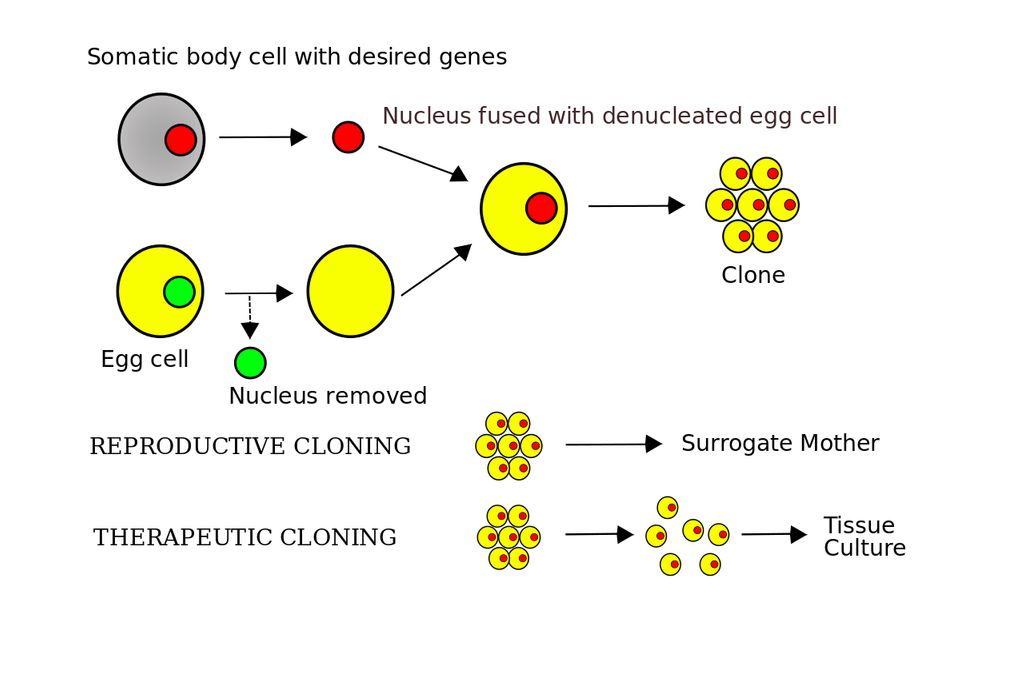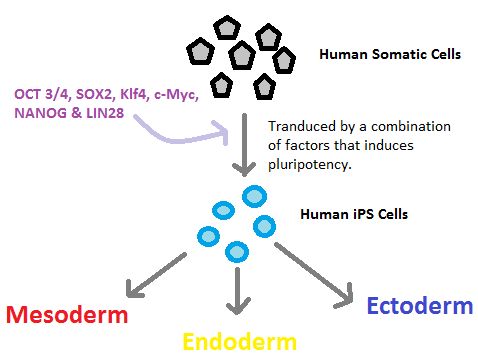Human Cloning
Jul 15, 2019 • 74 views
Human cloning is one of the booming topics of scientific research. It refers to human reproductive cloning to produce a genetic copy of an existing person. Despite years of conjecture, there has been no human reproductive cloning till now. Research cloning, is another form of human cloning that produces genetically specific embryonic stem cells. The possibility of human cloning has raised many controversies. These have prompted several nations to pass laws regarding human cloning and its legality. Human cloning is banned in countries like Argentina, Colombia, Serbia, etc.

Currently, research is underway to achieve human cloning via these two methods:
1) Somatic Cell Nuclear Transfer (SCNT):

In SCNT, the nucleus of a somatic cell is taken from a donor and transplanted into a host egg cell, whose genetic material had been removed previously, making it an enucleated egg. After the donor somatic cell genetic material is transferred into the host oocyte with a micropipette, the somatic cell genetic material is then fused with the egg using an electric current. The new cell can be permitted to grow in a surrogate or artificially, once the two cells have fused.
2) Induced Pluripotent Stem Cells (IPSCs):

Creating IPSCs is a long and inefficient process. Pluripotency defines a stem cell that has the potential to differentiate into any of the three germ layers: endoderm, mesoderm or ectoderm. A certain set of genes, often called "reprogramming factors", are introduced into a particular adult cell type. These send signals in the mature cell that cause the cell to become a pluripotent stem cell. This process is highly researched and new techniques are being discovered frequently on how to better this induction process.

Work on cloning techniques has advanced the basic understanding of developmental biology in humans. Observing human pluripotent stem cells grown in culture provides great vision into human embryo development, which otherwise cannot be seen. Scientists can now better define and refer steps of early human development. The study of developmental pathways in humans has enabled biologists to define that developmental pathways are preserved throughout species. Studying genetic manipulation within the early human embryo has the potential to provide answers to many developmental diseases and defects. Moreover, IPSCs and cells created by SCNT are useful for research into the causes of disease, and as model systems used in drug discovery.
Despite of so much research and experiments, scientists are yet to find a successful breakthrough in cloning a human being successfully.
